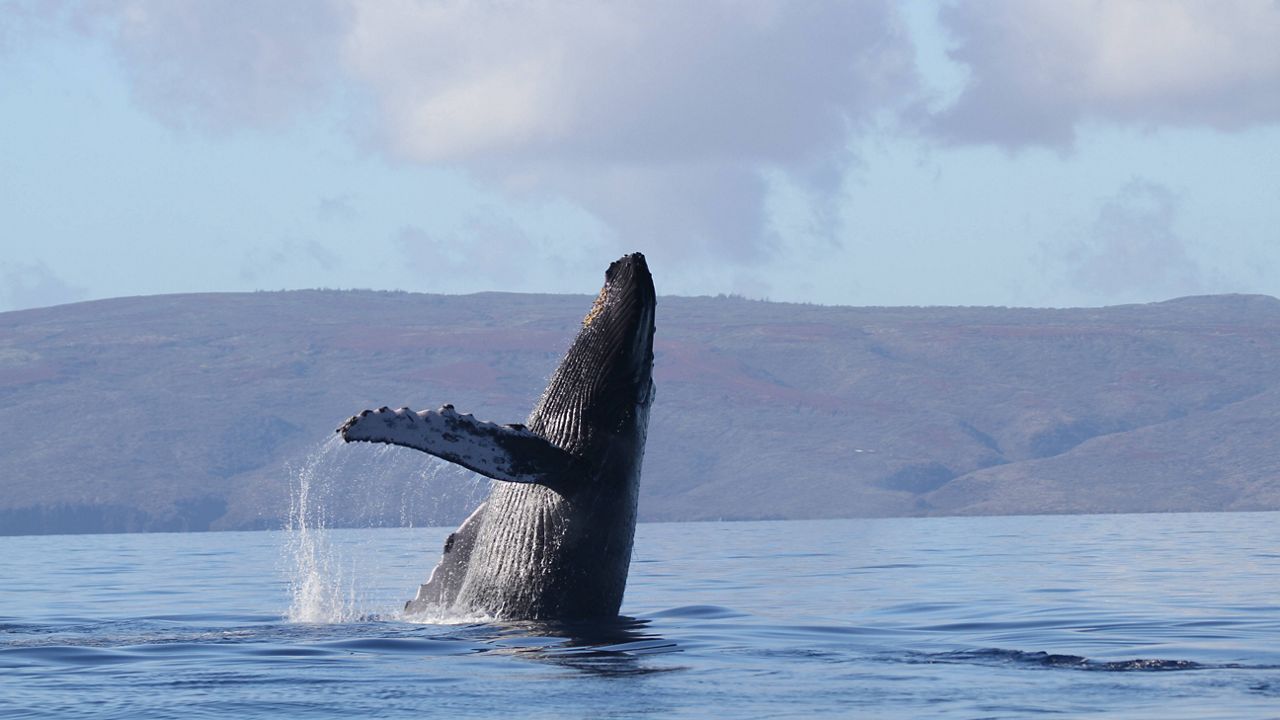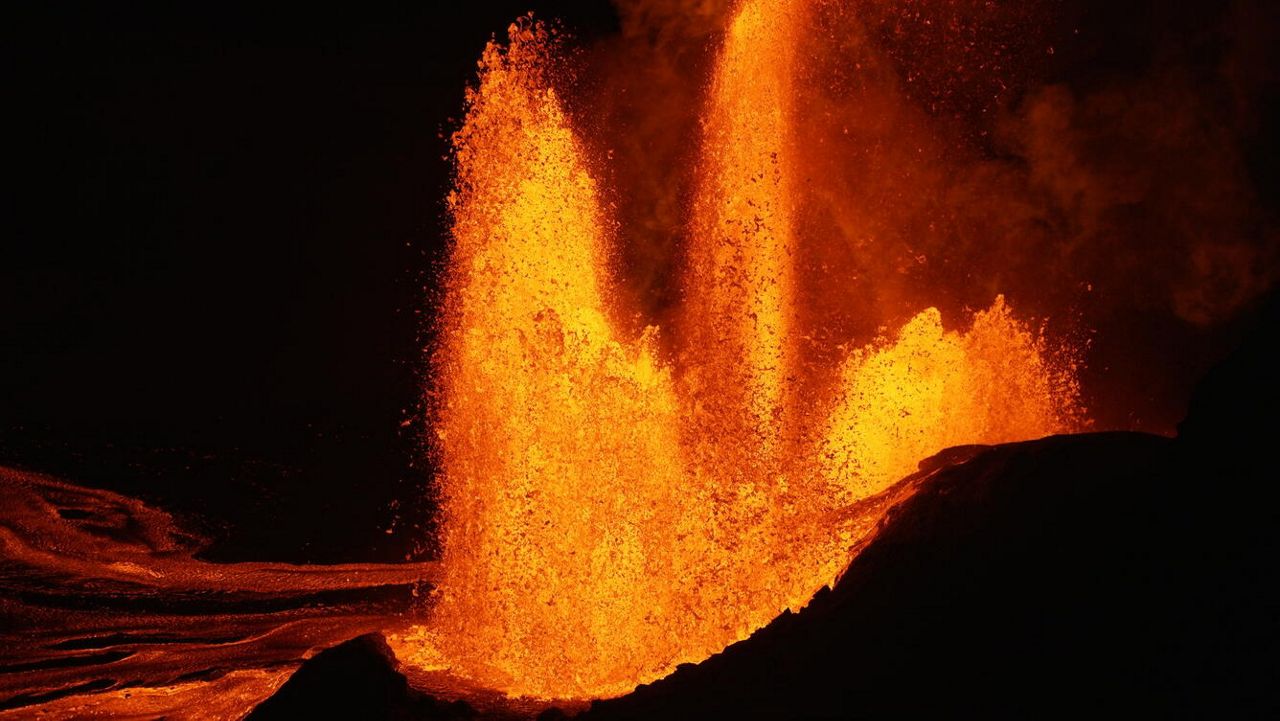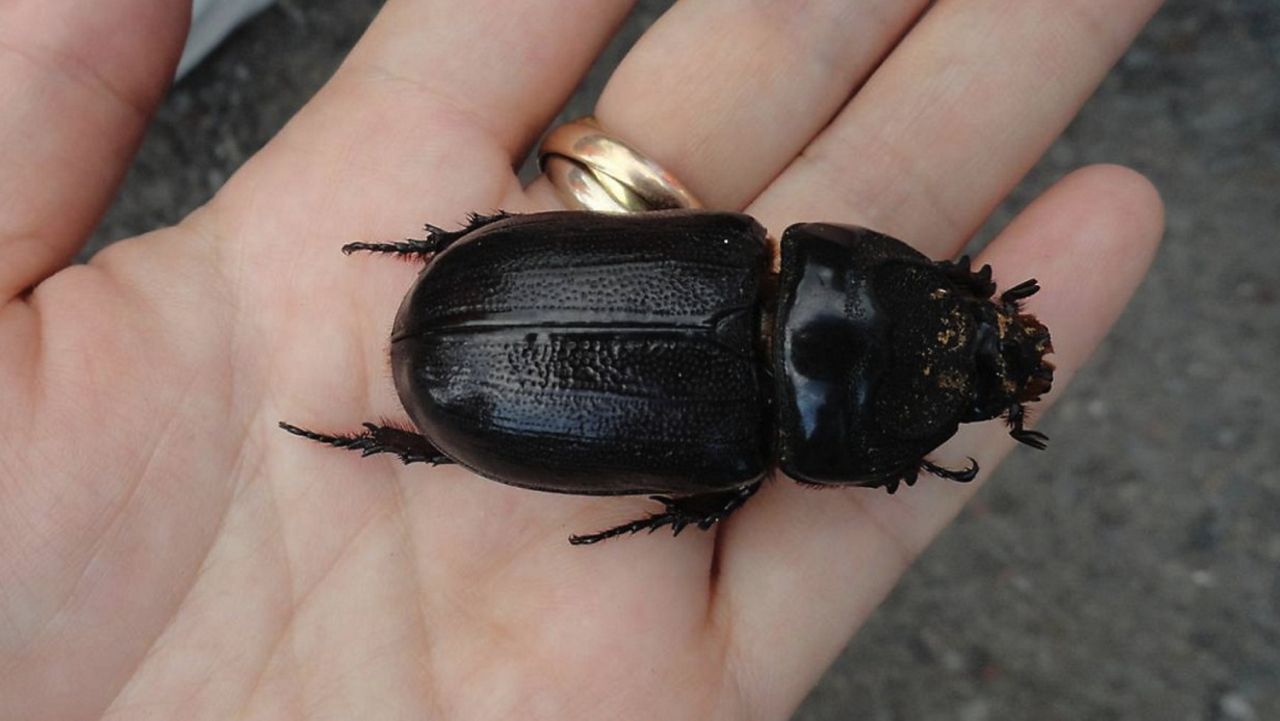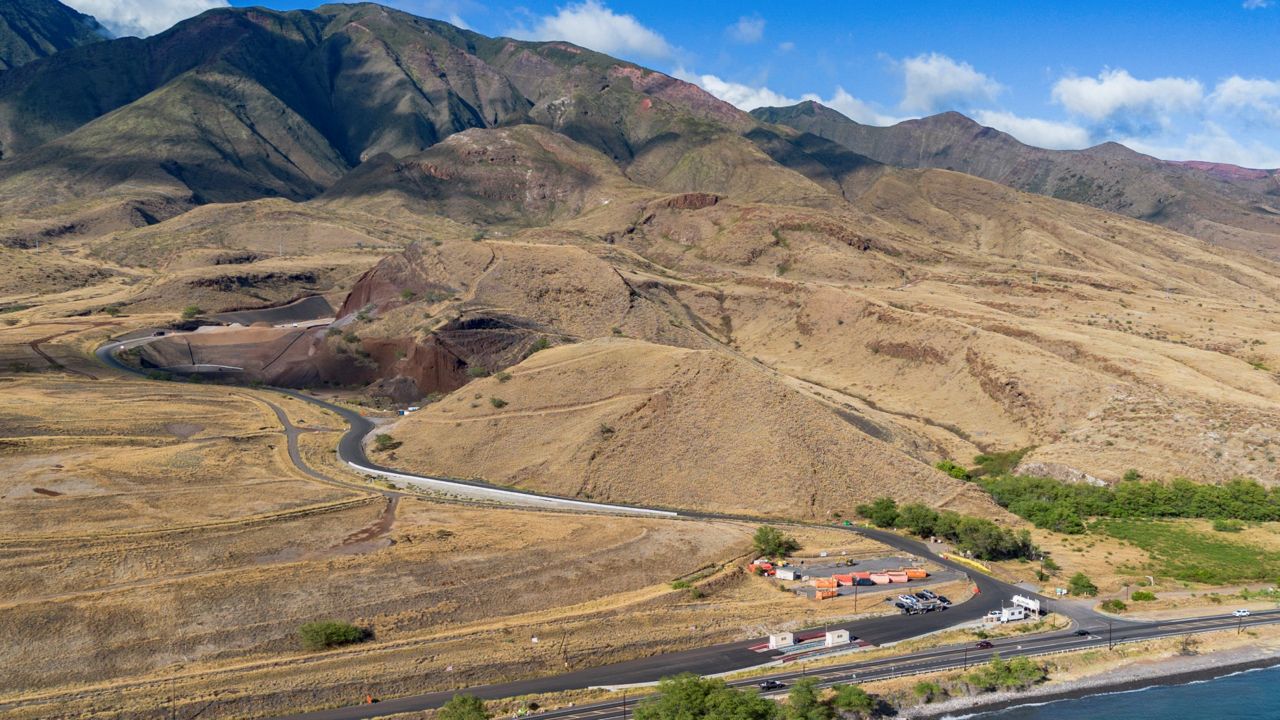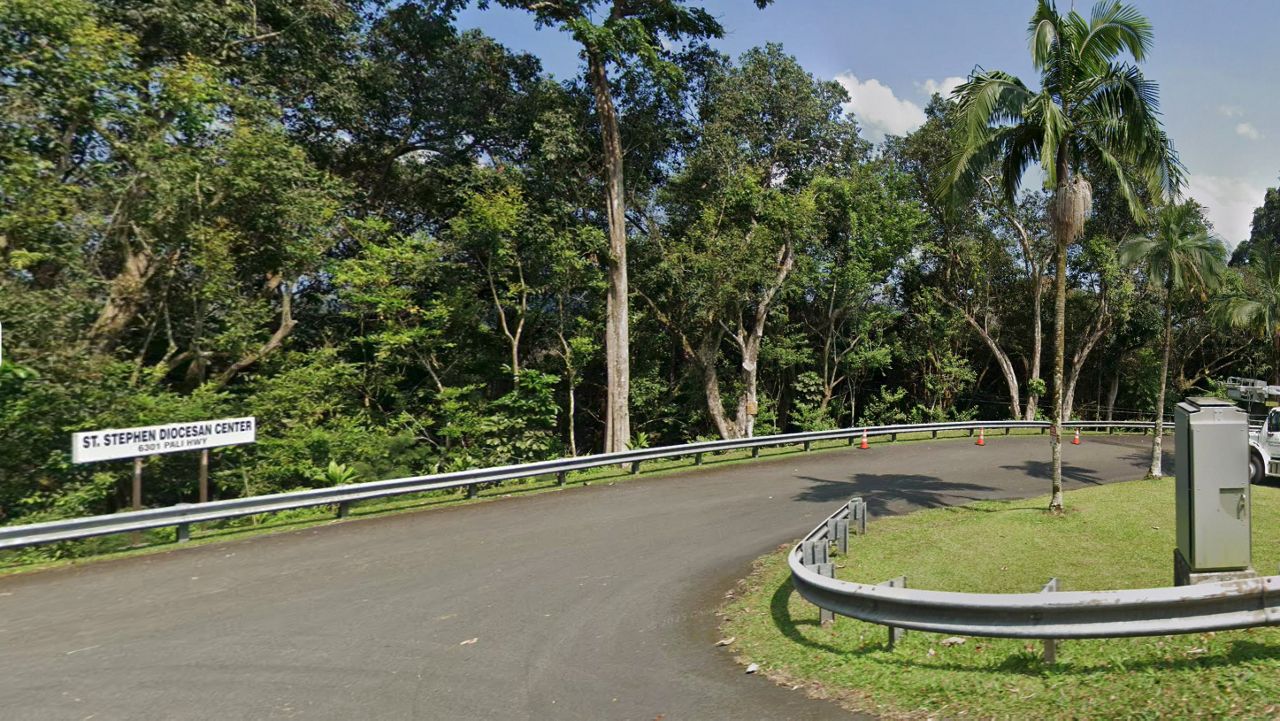Researchers spotted the first humpback whale of the season on Oct. 26 in waters off of Maui. Since then, more whales have been seen swimming in the waters around the Hawaiian Islands.
Now, it’s almost time for the Hawaiian Islands Humpback Whale National Marine Sanctuary’s annual whale count. The Sanctuary Ocean Count is conducted three times a year during peak whale season from Oahu, Kauai and Hawaii Island. (The Pacific Whale Foundation holds the Great Whale County on the same dates from Maui.) This year’s count days will be on Jan. 27, Feb. 24 and March 30 from 8 a.m. to 12:00 p.m.
Volunteers count the number of humpback whales they see from the shoreline and document the animals’ behavior. The Sanctuary Ocean Project also encourages people to note other animals that they spot.
The whale count provides a glimpse into the numbers of whales in Hawaii waters and data collected reveals trends. It also teaches people about humpback whales and shore-based whale watching opportunities in Hawaii, according to the National Oceanic and Atmospheric Administration.
Last year, volunteers observed a grand total of 1,121 humpback whales throughout the state, during the last of the three counts. Volunteers spotted 997 whales on the second count and 587 on the first count. The lower total for the first count could be attributed to heavy rain throughout the day on Maui.
Whale season in Hawaii usually runs from November through April. Every year, as many as 10,000 humpback whales travel from Alaska, British Columbia and eastern Russia to gather around the Hawaiian Islands to breed, give birth and raise their young calves. Mothers and calves tend to gather between Maui, Molokai and Lanai where in the shallow, protected waters.
Learn more about volunteering on Oahu, Kauai or Hawaii Island by visiting the Sanctuary Ocean Count’s website and on Maui by visiting the Pacific Whale Foundation’s website.
Michelle Broder Van Dyke covers the Hawaiian Islands for Spectrum News Hawaii. Email her at michelle.brodervandyke@charter.com.




